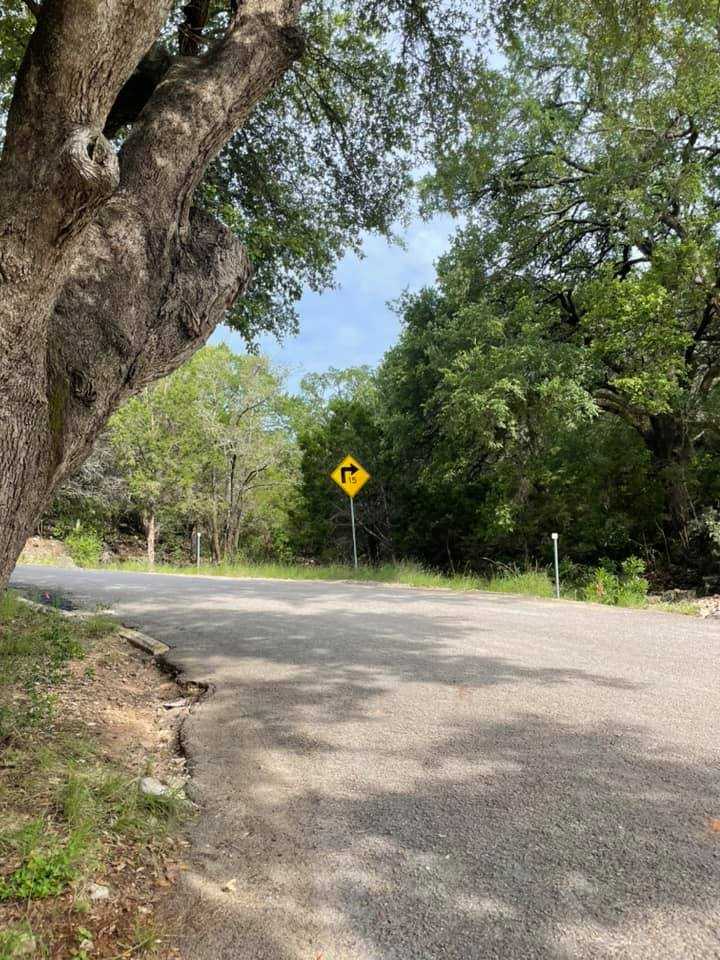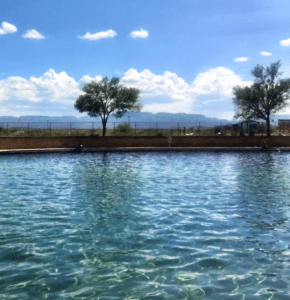Colorado Bend State Park, an expansive natural haven in the heart of Texas, is not only a testament to the state’s natural beauty but also a living museum of cultural history. As visitors traverse the trails and explore the landscapes, they are stepping back in time, unraveling the layers of indigenous history, early settlers, and notable events that have shaped this region. In this historical journey, we’ll delve into the cultural roots of Colorado Bend State Park, exploring its rich heritage and the sites that stand as silent witnesses to the passage of time.

Indigenous Presence: A Tapestry of Native Cultures
Long before Colorado Bend State Park became a recreational retreat, the land bore witness to the diverse indigenous cultures that called it home. The Comanche and Tonkawa tribes were among the native peoples who traversed these landscapes, relying on the bountiful resources the area offered. Their history is etched into the very soil, with archaeological evidence and artifacts providing glimpses into the daily lives and cultural practices of these early inhabitants.
Visitors to the park can embark on a journey of cultural discovery by exploring areas with historical significance. Interpretive trails and signage guide enthusiasts to sites where remnants of native campsites and artifacts have been discovered, offering a connection to the vibrant tapestry of indigenous cultures that once thrived here.
Early Settlers and Pioneer Spirit: Homesteads and Heritage
As the 19th century unfolded, European settlers were drawn to the fertile lands along the Colorado River. The park area witnessed the establishment of homesteads and the toil of early settlers who sought to build a life in the rugged beauty of Texas. The remnants of these homesteads, including old foundations and artifacts, provide a tangible link to the pioneering spirit that shaped the region.
One notable site within the park is the Gorman family homestead. Visitors can explore the remains of the Gorman cabin, gaining insights into the challenges and triumphs of the early settlers. Interpretive programs and guided tours offer a deeper understanding of the hardships faced by those who forged a living in this unforgiving landscape.

Notable Events: A Chronicle of Time
Colorado Bend State Park has been witness to significant events that echo through the corridors of history. From the challenges faced by settlers to the evolving land use over the decades, the park’s landscapes carry the echoes of the past.
One such event is the construction of the Texas Central Railroad, which passed near the park in the late 1800s. The remnants of the railroad bridge still stand as a testament to the engineering feats of the time. Exploring these structures allows visitors to envision the bygone era of steam locomotives and the transformative impact of the railroad on the region’s development.
Preserving the Legacy: Historical Sites to Explore
- Gorman Falls Homestead: The Gorman family homestead, with its well-preserved cabin ruins, offers a glimpse into the challenges faced by early settlers. Interpretive signs provide historical context, allowing visitors to step back in time.
- Texas Central Railroad Bridge: The remnants of the railroad bridge near the park’s southern boundary showcase the engineering marvels of the late 1800s. Hiking trails lead visitors to this historical site, providing an opportunity to appreciate the impact of railroads on the region.
- Indigenous Artifacts: Interpretive trails and archaeological sites within the park highlight the presence of indigenous cultures. Visitors can discover artifacts and learn about the cultural practices of the native peoples who once thrived in the area.
Preserving the Past for the Future:
Colorado Bend State Park, with its vast landscapes and historical sites, stands as a steward of the region’s cultural legacy. The park’s commitment to preservation ensures that the stories of indigenous cultures, early settlers, and pivotal events are not lost to time. As visitors explore the trails, gaze upon the Gorman Falls, or stand near the railroad bridge, they become part of a living history, connecting with the cultural roots that have shaped the landscapes of Colorado Bend State Park.



